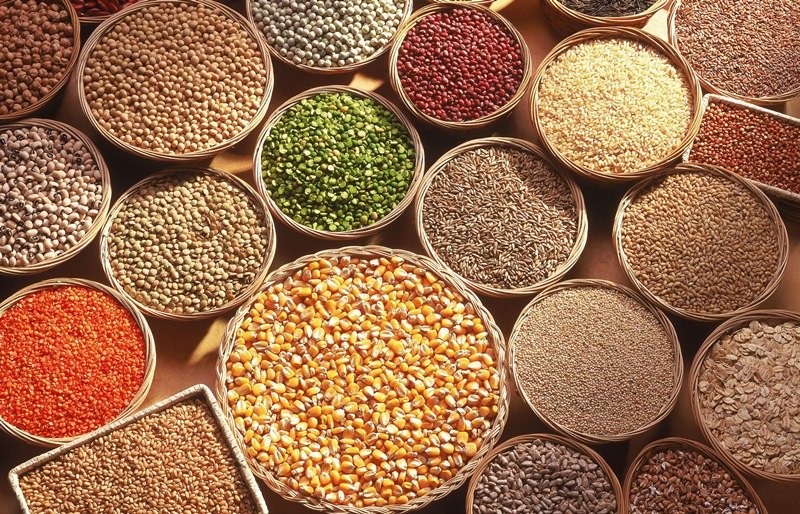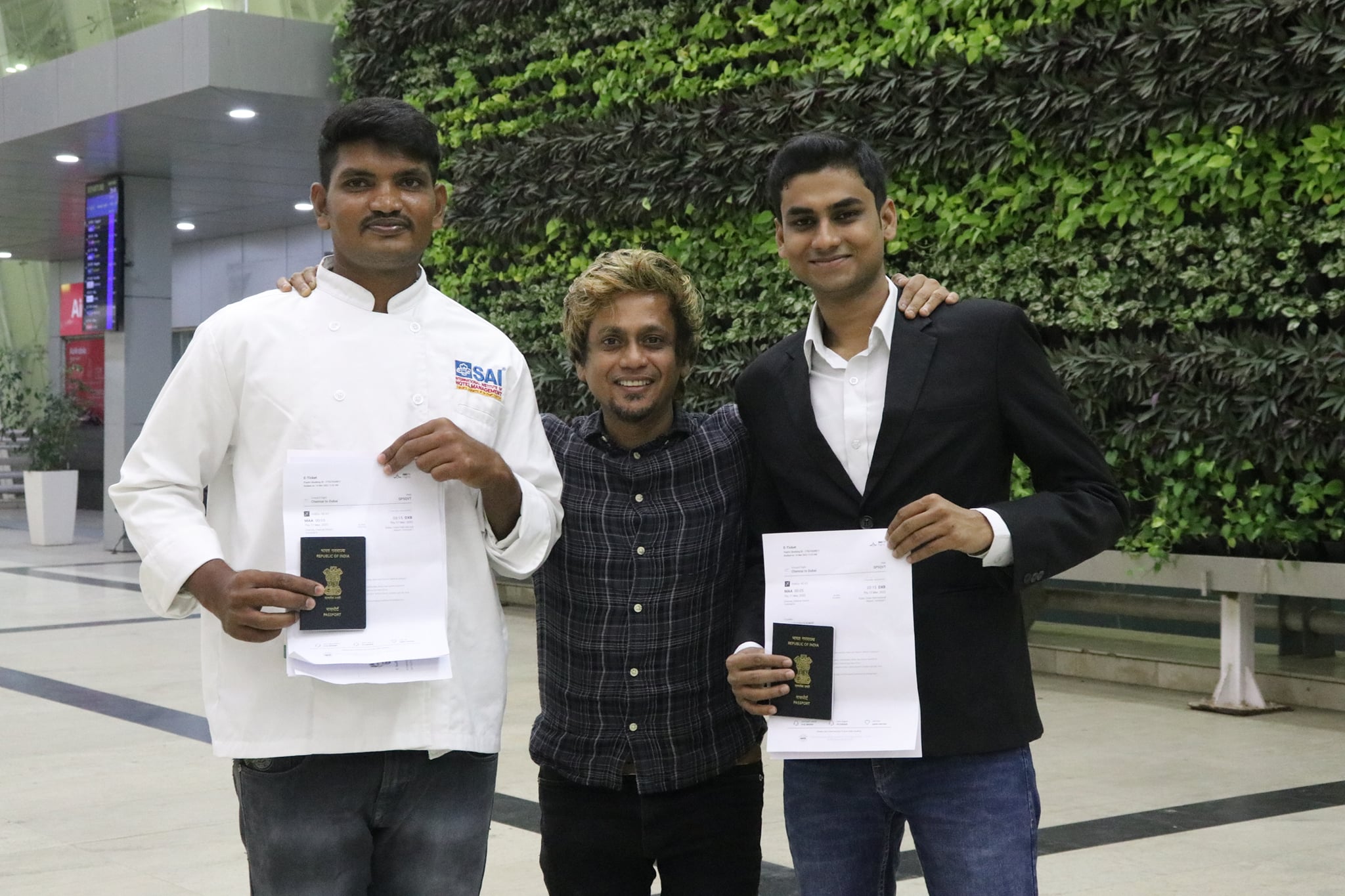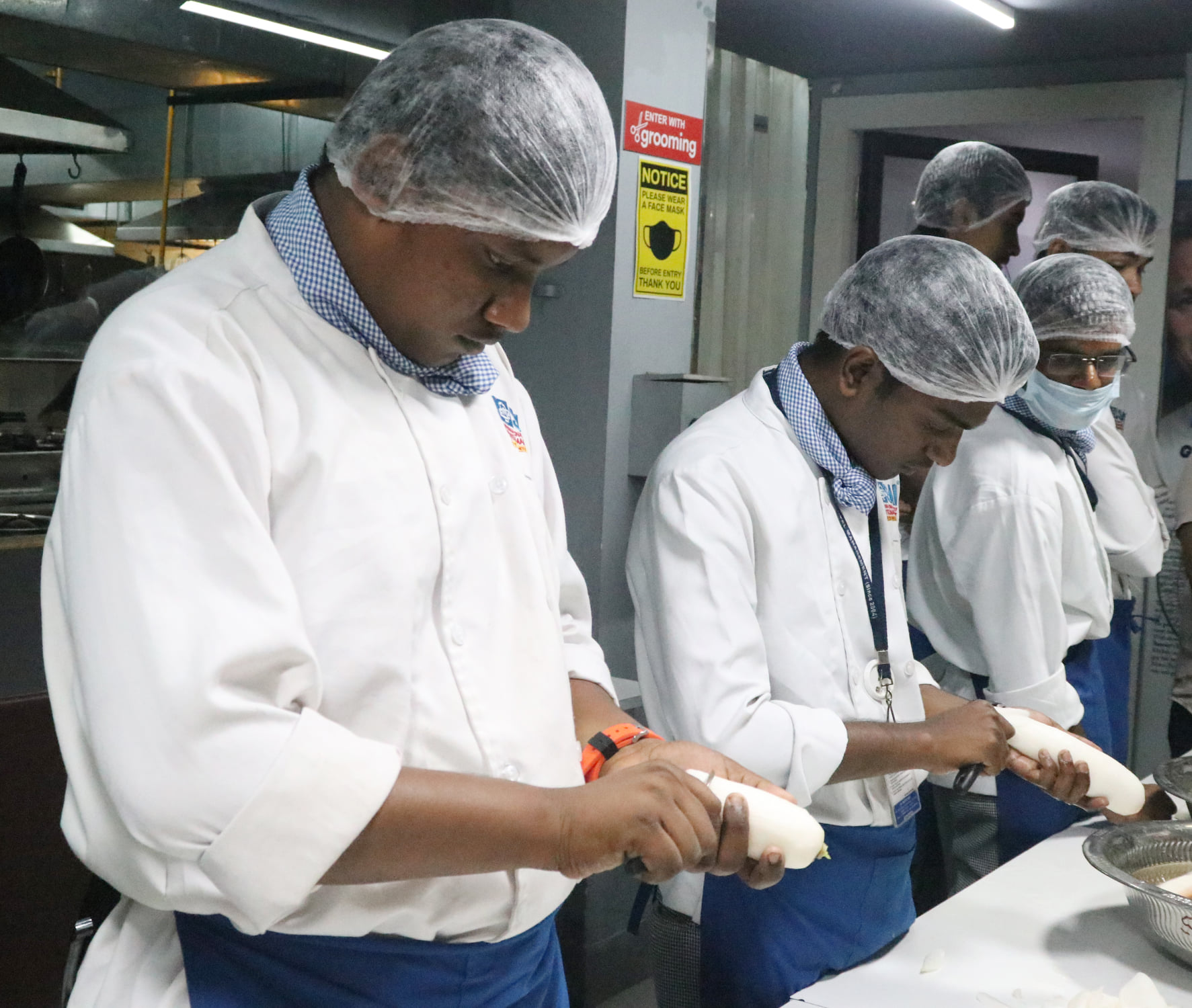
From Ancient Grains to Modern Delicacies: The Health Advantages of Millet-Based Cuisine
From Ancient Grains to Modern Delicacies: The Health Advantages of Millet-Based Cuisine
Are you tired of the same old boring meals? Ready to embark on a culinary adventure that will not only tantalize your taste buds but also nourish your body? Look no further than millet-based cuisine! From its humble roots as an ancient grain, millet has transformed into a modern delicacy that is taking the health-conscious world by storm. In this blog post, we will explore the many advantages of incorporating millet into your diet and discover why this versatile grain should be on everyone’s plate. Get ready to uncover a world of delicious possibilities and unlock the secrets to a healthier, happier you with millet-based cuisine!
Introduction to Millet and Its History
Millet is an ancient grain that has been a staple food in many cultures around the world for centuries. It is a highly nutritious grain that is high in fiber and minerals, and low in calories and fat. Millet is also gluten-free, making it a good choice for people with celiac disease or gluten intolerance.
The history of millet dates back to ancient times. It is thought to have originated in China, where it was first cultivated over 4,000 years ago. Millet was also a major crop in Ancient Egypt and was used to make bread and beer. In India, millet has been a staple food for centuries, and is still eaten today by millions of people.
Millet is now grown in many parts of the world, including Africa, Asia, Europe, and North America. It is becoming increasingly popular as a health food due to its nutritional benefits. There are many different ways to cook with millet, from simple porridge to more complex dishes like pilafs and stews. So whether you are looking for a healthy breakfast option or a new recipe to try for dinner, millet can be a great addition to your diet!
Health Benefits of Eating Millet
A well-rounded diet is important for good health, and including millet as part of your diet can offer some health benefits. Millet is a whole grain that is naturally low in fat and high in fiber. It also contains essential vitamins and minerals, including magnesium, phosphorus, and iron.
Eating millet regularly can help to promote a healthy digestive system, lower cholesterol levels, and control blood sugar levels. Millet may also help to reduce the risk of certain chronic diseases such as heart disease, stroke, and type 2 diabetes. Including millet in your diet is a simple way to boost your overall health!
Types of Millet-Based Recipes
There are many delicious recipes that can be made with millet as a base. Some of the most popular include:
1. Millet porridge: This is a healthy and filling breakfast option that is easy to make. Simply cook the millet in water or milk until it is soft, then add your favorite toppings such as fruits, nuts, or honey.
2. Millet pilaf: This dish makes a great side dish or main course. It can be flavored with any number of herbs and spices, and can be made with vegetables or meat added in.
3. Millet bread: Many people are surprised to learn that millet can be used to make bread. It is a gluten-free option that is perfect for those with celiac disease or who are trying to avoid wheat products.
4. Millet cakes: These are similar to pancakes or waffles, but are made with millet flour instead of wheat flour. They are a tasty way to start your day or enjoy as a snack.
Different Preparation Techniques for Millet Dishes
Different Preparation Techniques for Millet Dishes
Millet is a versatile grain that can be used in a variety of dishes. There are many different ways to prepare millet, and each method brings its own unique flavor and texture to the dish.
One of the most popular ways to prepare millet is by boiling it. This method can be used to create a porridge or a side dish. To boil millet, simply add water or broth to a pot and bring it to a boil. Then, add the desired amount of millet and reduce the heat to low. Cover the pot and simmer until the grain is cooked through (about 20 minutes).
Another popular way to prepare millet is by baking it. This method gives the grain a slightly nutty flavor and a fluffy texture. To bake millet, combine the grain with water or broth in a baking dish and bake at 350 degrees Fahrenheit until tender (about 30 minutes).
Millet can also be cooked in a pressure cooker. This method results in a very tender grain that has absorbed all of the liquid. To cook millet in a pressure cooker, simply combine the grain with water or broth and cook on high pressure for 10 minutes. Let the pressure release naturally before opening the lid.
Nutritional Value of Millet Dishes
Millet is a highly nutritious grain that has been consumed for centuries in many parts of the world. The nutritional value of millet-based dishes is due to the high content of essential nutrients such as vitamins, minerals, and fiber.
Vitamins and minerals: Millet is a good source of several vitamins and minerals, including iron, magnesium, phosphorus, potassium, zinc, copper, manganese, selenium, and B vitamins.
Fiber: Millet contains both soluble and insoluble fiber. Soluble fiber can help lower cholesterol levels and improve blood sugar control. Insoluble fiber helps promote regularity and prevent constipation.
Protein: Millet is a plant-based protein source that provides all the essential amino acids your body needs.
Traditional Recipes Using Millet Grains
Millet, a small, round grain that is usually yellow in color, has been a staple food in many cultures for centuries. It is a highly nutritious grain that is low in calories and fat, and is a good source of fiber, protein, vitamins, and minerals. Millet can be cooked in many different ways and used in a variety of recipes.
Some traditional recipes that use millet grains include:
* Millet Porridge: This simple breakfast dish is made by cooking millet in water or milk until it is soft and then adding some sweetener (honey or sugar) to taste.
* Millet Khichdi: A popular dish from India, this comforting meal is made with rice and millet that are cooked together with spices and vegetables.
* Millet Bread: This delicious bread can be made with either white or whole grain millet flour. It is perfect for sandwiches or toast.
* Millet Pilaf: A flavorful pilaf made with sauteed onions, garlic, and spices; millet; and chicken or vegetable broth. Serve as a side dish or main course.
Conclusion
Millet-based cuisine has been enjoyed by cultures around the world for centuries. Thanks to its health advantages, dietary versatility, and delicious flavor profile, millet is still an important part of contemporary diets across the globe. We hope that this article has helped you gain a better understanding of why people continue to enjoy millet-based cuisine today and how it can be incorporated into your own kitchen. So if you’re looking for something new or want to reap the nutritional benefits associated with ancient grains, try incorporating more millet into your diet today!
Add Comment
You must be logged in to post a comment.




